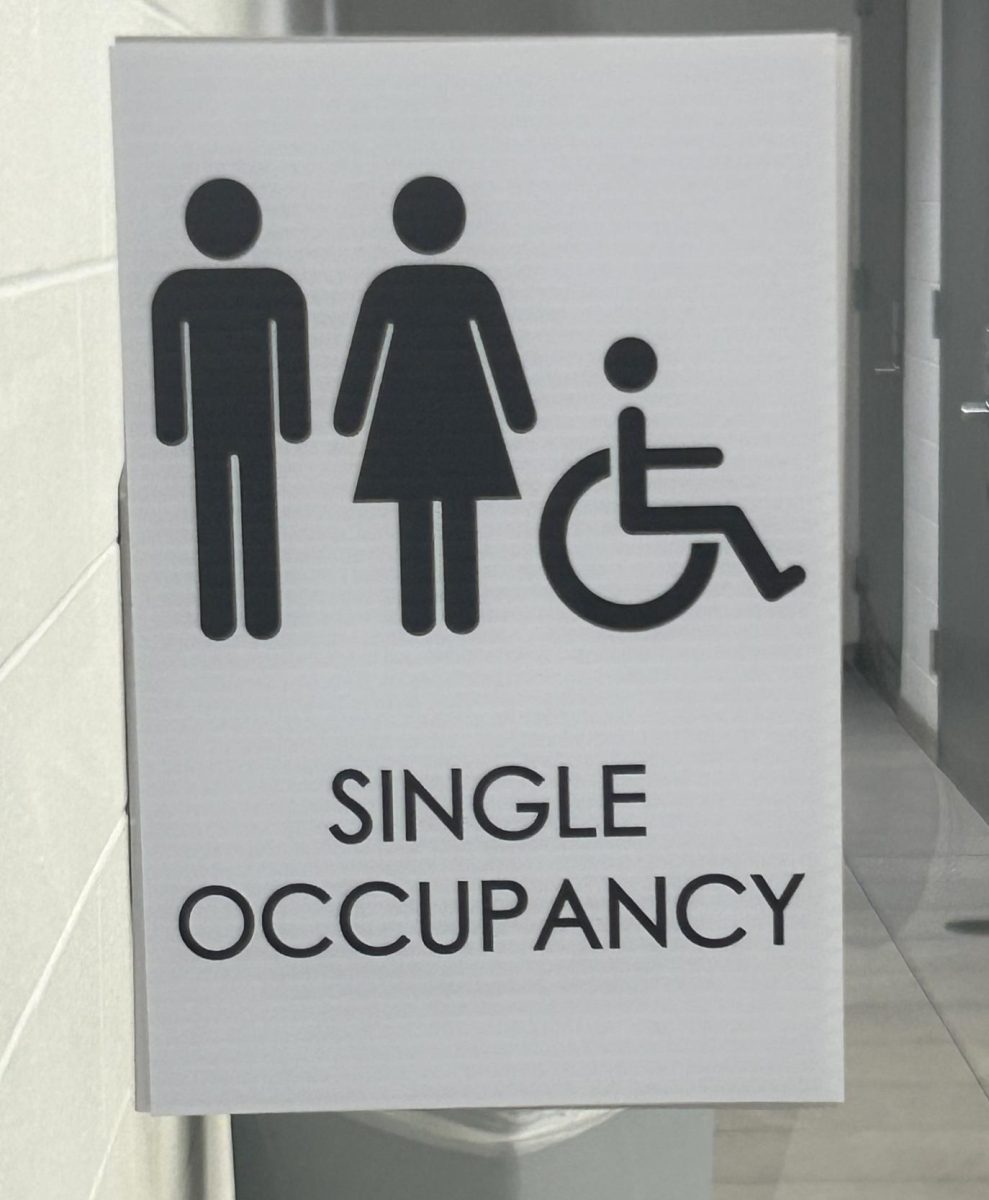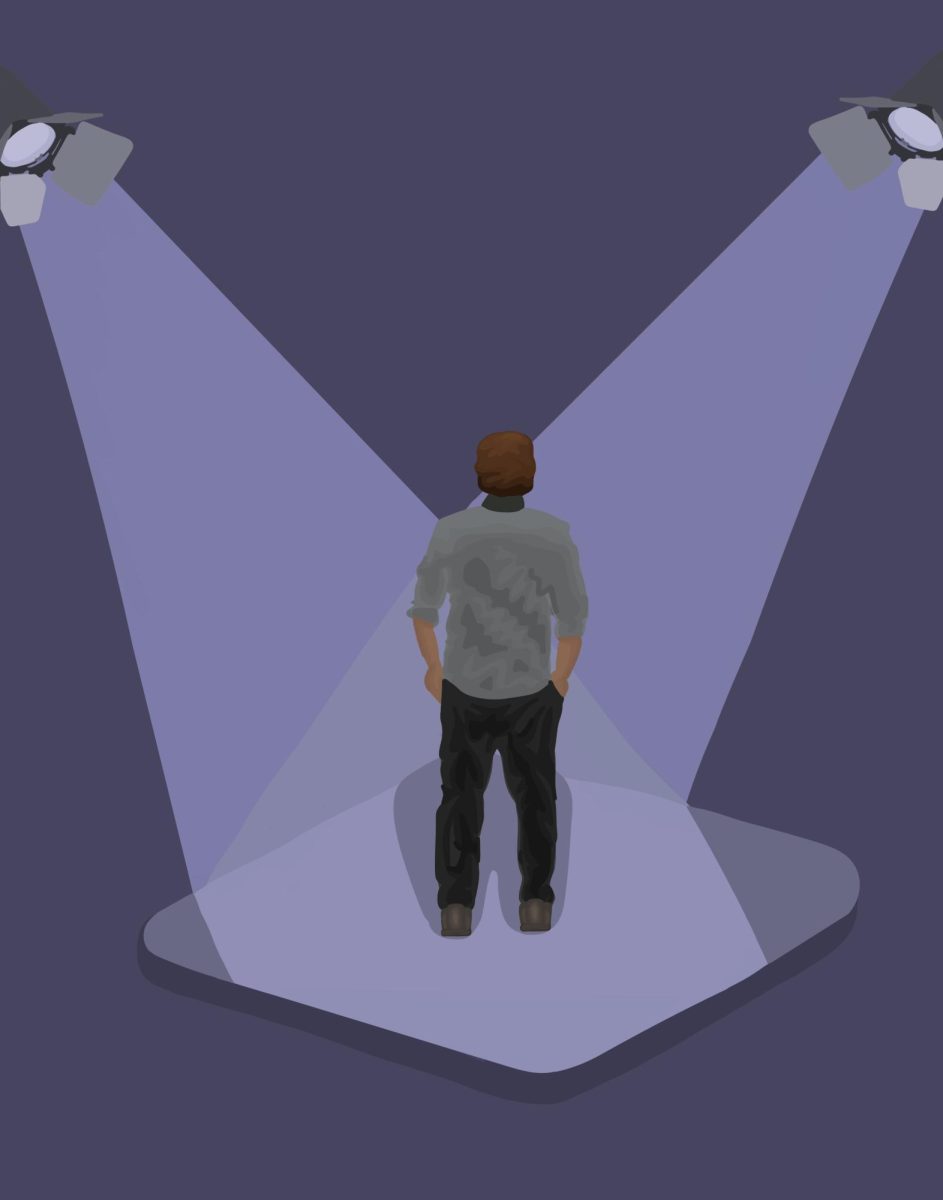March 12th, 2020, when three extra weeks of spring break became two years of online school, zoom, masks, quarantine and social distancing. The initial announcement of coronavirus altered the lives of millions when those “three weeks” turned into an unprecedented two years of global isolation. The day that March 13th, 2020, would unknowingly become a profound day in history occurred just eight weeks after COVID-19 was declared a public health emergency. So what is stopping people from jumping to conclusions at the announcement of the most recent public health emergency, Mpox?
Mpox, formerly known as Monkeypox, is defined as “a disease caused by infection with a virus, known as Monkeypox virus,” according to the Centers for Disease Control and Prevention (CDC). It was then passed to humans, though the official source has yet to be discovered, scientists suspect it began in infected monkeys in South Africa. The CDC stated that “The first human case of Mpox was recorded in 1970, in what is now the Democratic Republic of the Congo.” Mpox cases were considered very rare in places outside of Africa until the outbreak in 2022.
The 2022 outbreak was caused by a type of virus called “Clade ll”, which is one of the two viruses responsible for Mpox. Just as the first Mpox outbreak finally began to subside, The World Health Organization (WHO) “declared Mpox a global public health emergency for the second time… On August 14, 2024”. Although the United States has dealt with Mpox before, now in 2024, the United States is dealing with a second, more advanced version of Mpox. This virus is accountable for an increased severity in Mpox cases and a growth in global cases.
The globalization of Mpox has affected countless lives across the world and has now begun to infiltrate social media platforms and reach a younger audience. The news of the sickness beginning to reach teenagers, has created an all too familiar feeling of panic within kids online, where Mpox is being compared to COVID-19 in terms of a global pandemic.
Nieves Alvarez, a junior at Upper Arlington High School, spends some of her time on Tiktok which is primarily where she heard about the disease.
“I don’t know much about it,” Alverez said, “Except that it might be like a Covid 2.0.”
As Mpox is a very new issue, many people do not fully understand what it is, and how it may affect them. This lack of knowledge among those exposed to Mpox-related content on social media has led students to assume the information they see online is true, including Alverez who has started to trust that some of what she has seen online is correct.
“I believe that [Mpox] is spreading really fast,” Alvarez said.
Claiming that she believes half of what she sees about Mpox, depending on where the information is coming from.
The common theme of uncertainty about Mpox among people on social media has raised questions about what is really going on with Mpox and how dangerous it may be.
Although the disease has become a global worry, scientists confirm it has not even become close to coronavirus in terms of how infectious it was in 2020.
“Covid spreads really easily, so it did spread much faster,” said Dr. Mark Peeples, a principal investigator of viruses and infectious diseases at Nationwide Children’s Hospital.
“A person with [COVID-19], you couldn’t tell who had it and who didn’t. But with Mpox, you can tell,” he stated.
Skin lesions often occur when someone is infected with Mpox. Although skin lesions aren’t a definite result of the virus, they can often be a clue as to whether someone may be infected or not. Most commonly appearing as damaged skin tissue that mounds up. The reason behind Mpox infection rates not being nearly as high as COVID-19 is that Mpox is spread through skin-to-skin contact. But with the skin lesions carrying the virus, Mpox rates of infection are still a concern.
“It’s easy, relatively easy, to transmit it to somebody else, if you’re not careful,” Dr. Peeples said.
A highly contagious virus like COVID-19 or Mpox will never cease spreading unless there is a vaccine to stop it. In 2020, when COVID first surged globally, there was no available vaccine or knowledge about the virus, which put scientists at a disadvantage. Despite the fact that Mpox and COVID-19 contain similar emergence, they won’t be dealt with the same due to the fact that Mpox already contains an existing vaccine. This vaccine gives doctors and researchers a better chance at fighting off Mpox.
“The quicker we get started, the quicker we can stop it,” Dr. Pebbles stated.
Right now, Mpox is more of a global concern than a concern for the United States. If Mpox were to become a more substantial risk to the US, it is presumed that less populated cities and states are at a lower risk of Mpox infiltration in their area. This means that it is unlikely it will affect Ohio in the near future.
“I wouldn’t worry if I were a student in Ohio. I would feel really safe,” Dr. Peeples said.






